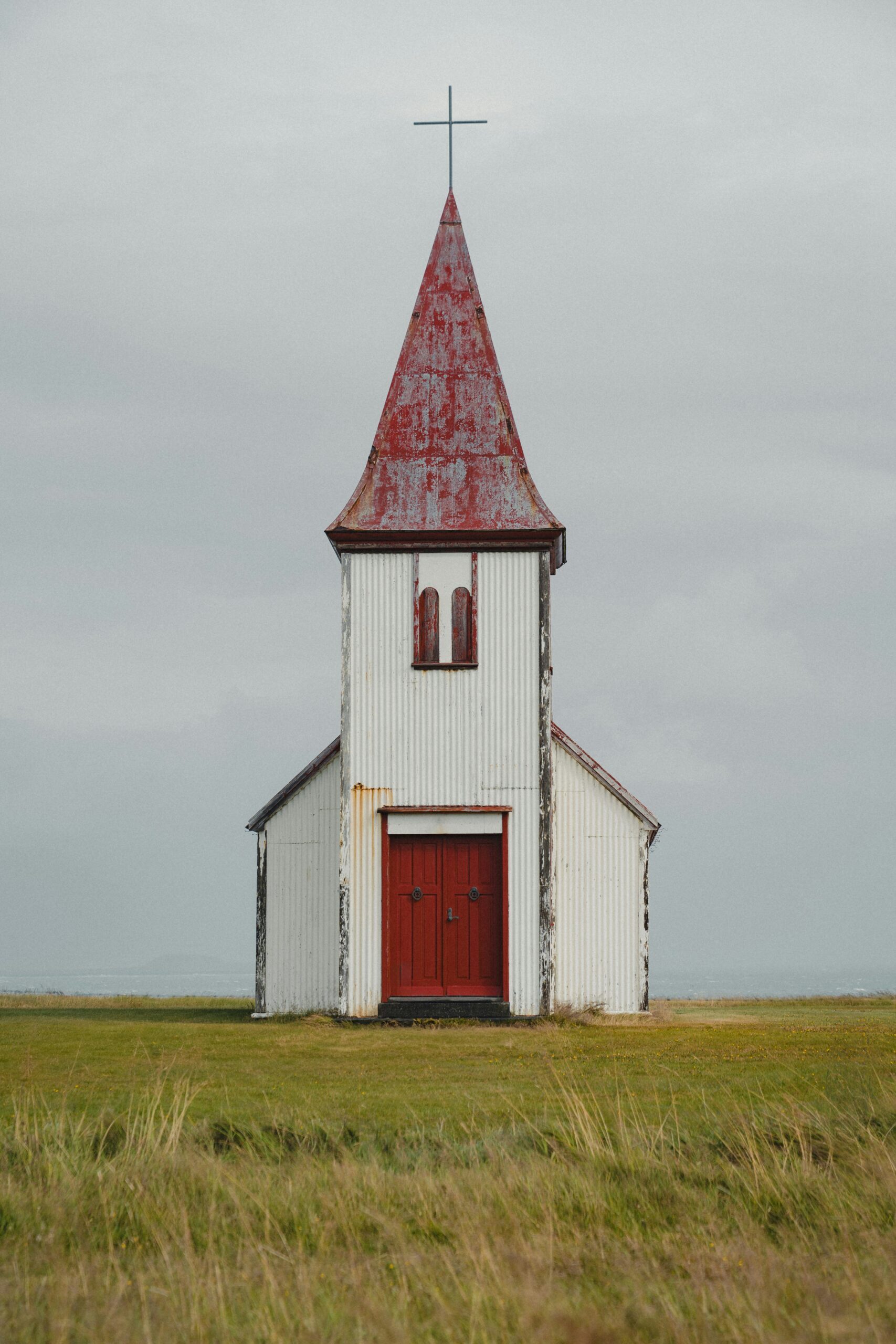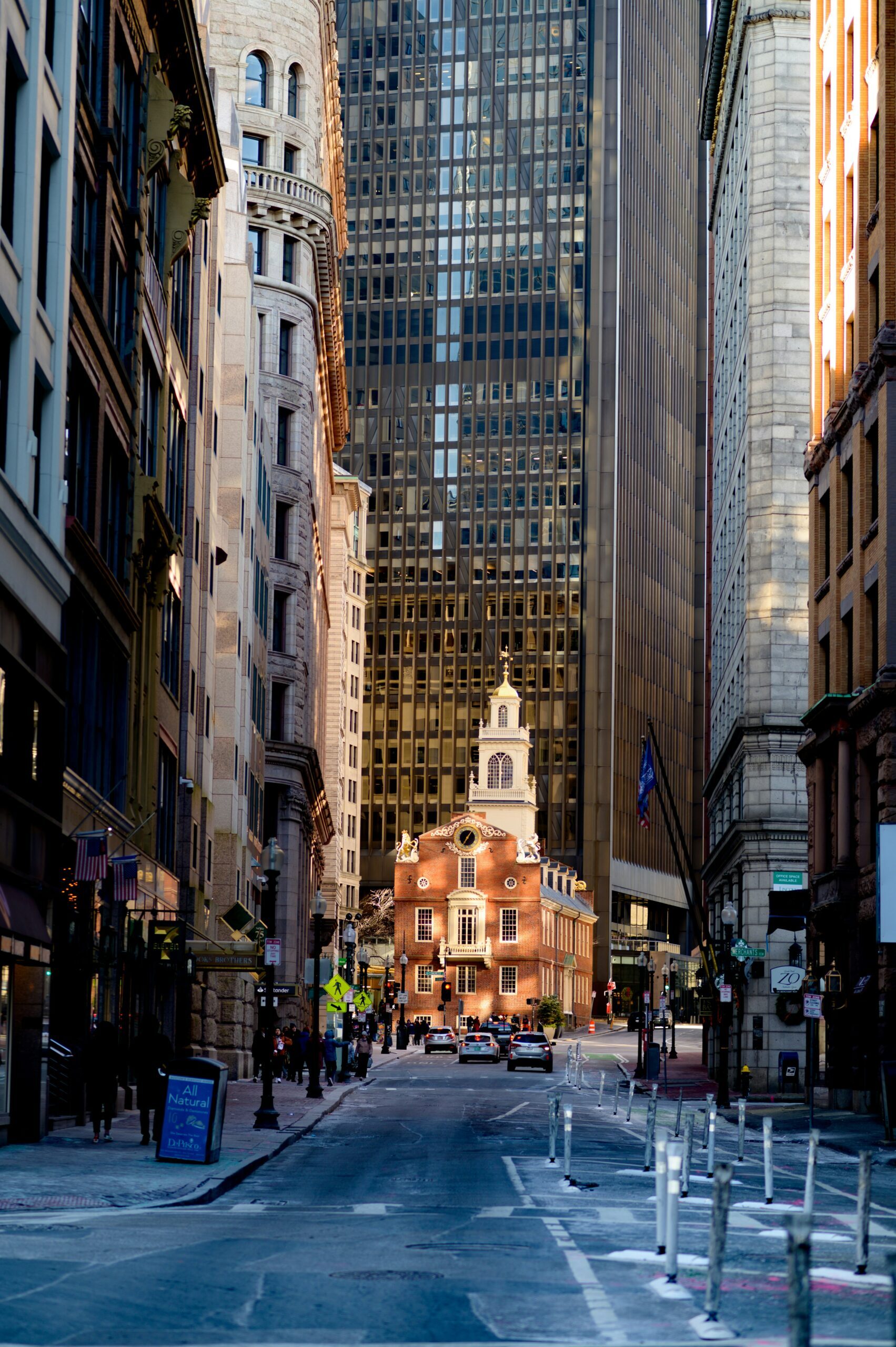Norfolk: A Guide to Visiting This Charming English County
Introduction to Norfolk
Norfolk, a captivating county nestled in East Anglia, England, offers an inviting blend of picturesque countryside, stunning coastline, and historic towns. Its unique charm lies in the seamless fusion of rich history and diverse landscapes, making it an enticing destination for an array of travelers. From history enthusiasts to nature lovers, families to solo adventurers, Norfolk presents an array of attractions that cater to varied interests.
Geographically, Norfolk is bounded by the North Sea to the east and north, giving rise to some of the most breathtaking coastal scenery in the country. The Norfolk coastline features expansive sandy beaches, rugged cliffs, and serene salt marshes, providing a perfect backdrop for seaside adventures and tranquil retreats alike.
Historically, Norfolk is steeped in a rich tapestry of events and eras. Its towns and villages boast a plethora of medieval architecture, ancient churches, and stately homes that narrate tales of bygone days. Norwich, the county’s capital, is a prime example of this historical grandeur, with its impressive Norman castle and cathedral standing as testaments to its storied past.
The countryside of Norfolk is equally enchanting. Characterized by rolling farmlands, winding rivers, and the famous Norfolk Broads, the region invites exploration and outdoor activities. The Broads, a network of navigable rivers and lakes, offer a unique opportunity for boating, fishing, and wildlife spotting, making it a haven for nature enthusiasts.
Norfolk’s cultural significance is also noteworthy. It hosts numerous festivals, markets, and cultural events throughout the year, celebrating everything from local produce to traditional crafts. This vibrant cultural scene ensures that visitors can immerse themselves in the local way of life and enjoy authentic experiences.
In essence, Norfolk’s combination of scenic beauty, historical depth, and cultural vibrancy makes it a compelling destination. Whether you’re drawn to its historic towns, natural landscapes, or cultural richness, Norfolk promises an unforgettable journey through one of England’s most charming counties.
Norfolk, a picturesque county in England, offers a wealth of attractions and activities that appeal to a wide variety of interests. One of the most renowned destinations is the Norfolk Broads National Park. This extensive network of rivers and lakes is perfect for boating, offering serene landscapes and abundant wildlife. Visitors can rent boats for a day or even longer, providing a unique way to explore the natural beauty of the area.
A visit to Norwich Cathedral is a must for history and architecture enthusiasts. This magnificent structure, dating back to 1096, showcases stunning Norman architecture and intricate medieval carvings. The cathedral’s serene cloisters and extensive gardens offer a peaceful retreat in the heart of the city.
Another significant historical site is the Sandringham Estate, the private residence of the British royal family. The estate’s grand house, beautifully maintained gardens, and the on-site museum provide a fascinating glimpse into royal life. Seasonal events and exhibitions further enhance the visitor experience, making Sandringham a year-round attraction.
Coastal towns such as Great Yarmouth and Cromer offer classic seaside charm. Great Yarmouth boasts long sandy beaches, a lively pier, and a variety of family-friendly attractions. Cromer is famous for its Victorian pier, fresh seafood, particularly the renowned Cromer crab, and scenic coastal walks. Both towns provide a glimpse into Norfolk’s maritime heritage and are perfect for a relaxing day by the sea.
For those who enjoy outdoor activities, Norfolk is a haven. The county’s diverse landscapes are ideal for hiking, with numerous trails ranging from gentle countryside walks to more challenging routes. Bird-watching enthusiasts will find plentiful opportunities in reserves such as RSPB Titchwell Marsh and Cley Marshes, where a variety of species can be observed throughout the year.
Norfolk’s vibrant culture is also showcased through its seasonal events and festivals. The Norfolk & Norwich Festival in May is one of the UK’s oldest arts festivals, offering a rich program of music, theatre, and visual arts. The Royal Norfolk Show in June celebrates the county’s agricultural heritage with livestock displays, equestrian events, and local produce stalls. These events, among others, highlight the community spirit and cultural richness that make Norfolk such a charming destination.
Where to Eat and Stay
Norfolk, a picturesque county in England, offers a delightful range of dining and accommodation options to suit every taste and budget. Whether you are looking for luxurious hotels, charming bed and breakfasts, or budget-friendly hostels, Norfolk has it all. The dining scene is equally varied, with an emphasis on fresh, local produce and traditional English fare.
For those seeking a touch of luxury, the Assembly House in Norwich is a splendid choice. This Georgian gem offers elegant rooms and an exquisite dining experience, known for its afternoon teas. Another high-end option is Congham Hall, a country house hotel near King’s Lynn, celebrated for its beautiful gardens and fine dining.
If you prefer the charm of bed and breakfast accommodations, Norfolk boasts many inviting options. The Old Rectory in Norwich provides a cozy stay with a personal touch, while The Norfolk Mead in Coltishall offers both comfort and stunning views of the Norfolk Broads. For a more rustic experience, quaint cottages such as those available through Norfolk Cottages provide a homely atmosphere and the flexibility of self-catering.
Budget travelers will find numerous hostels and guesthouses offering comfortable stays at reasonable prices. The YHA Sheringham is a popular choice, providing easy access to the coast and countryside. Similarly, The White Horse in Overstrand offers affordable yet cozy accommodations with the added bonus of an on-site pub.
When it comes to dining, Norfolk excels with its variety of options. Traditional pubs like The Gunton Arms in Thorpe Market serve hearty meals in a historic setting, while seafood enthusiasts will appreciate the fresh catches at Rocky Bottoms in West Runton. For those seeking a farm-to-table experience, Back to the Garden in Letheringsett showcases organic produce and meats from its own farm.
Food markets and culinary tours offer additional ways to explore Norfolk’s gastronomic offerings. Norwich Market is one of the oldest and largest open-air markets in the country, featuring a diverse array of food stalls. Culinary tours, such as those offered by Norfolk Food & Drink, provide an immersive experience into the region’s food culture, highlighting local producers and specialties.
Practical Tips for Visiting Norfolk
Planning a visit to Norfolk can be an enriching experience if equipped with the right information. This charming English county is best visited during the spring (April to June) and autumn (September to November) when the weather is mild, and tourist crowds are manageable. Summer months can be busier, especially in popular areas like the Norfolk Broads and coastal towns. Winter, while quieter, offers a unique charm with fewer tourists and cozy indoor activities.
Getting to Norfolk is relatively straightforward. Norwich, the county’s capital, is well-connected by train from London, with journeys taking approximately two hours. For those traveling by car, major roads such as the A11 and A47 provide direct routes into the county. Once in Norfolk, a car can be beneficial for exploring more remote areas, but public transport, including buses and trains, is a viable option for getting around the main attractions. Bicycles can also be a great choice for those wishing to experience Norfolk’s scenic routes at a leisurely pace.
When preparing for your trip, consider the local customs and weather. Norfolk’s weather can be unpredictable, so packing layers and waterproof clothing is advisable. Local etiquette is generally relaxed, but it’s always courteous to be mindful of rural community norms, such as closing gates behind you when walking through farmland.
Visitor centers, such as the Norwich Visitor Information Center, provide valuable resources, including maps, brochures, and personalized advice. Online guides and apps can also be handy for real-time information on events, dining, and attractions. Websites like Visit Norfolk offer comprehensive details to help plan your itinerary.
Equipped with these practical tips, your visit to Norfolk will be smoother and more enjoyable, allowing you to fully immerse yourself in the county’s rich heritage and natural beauty.




